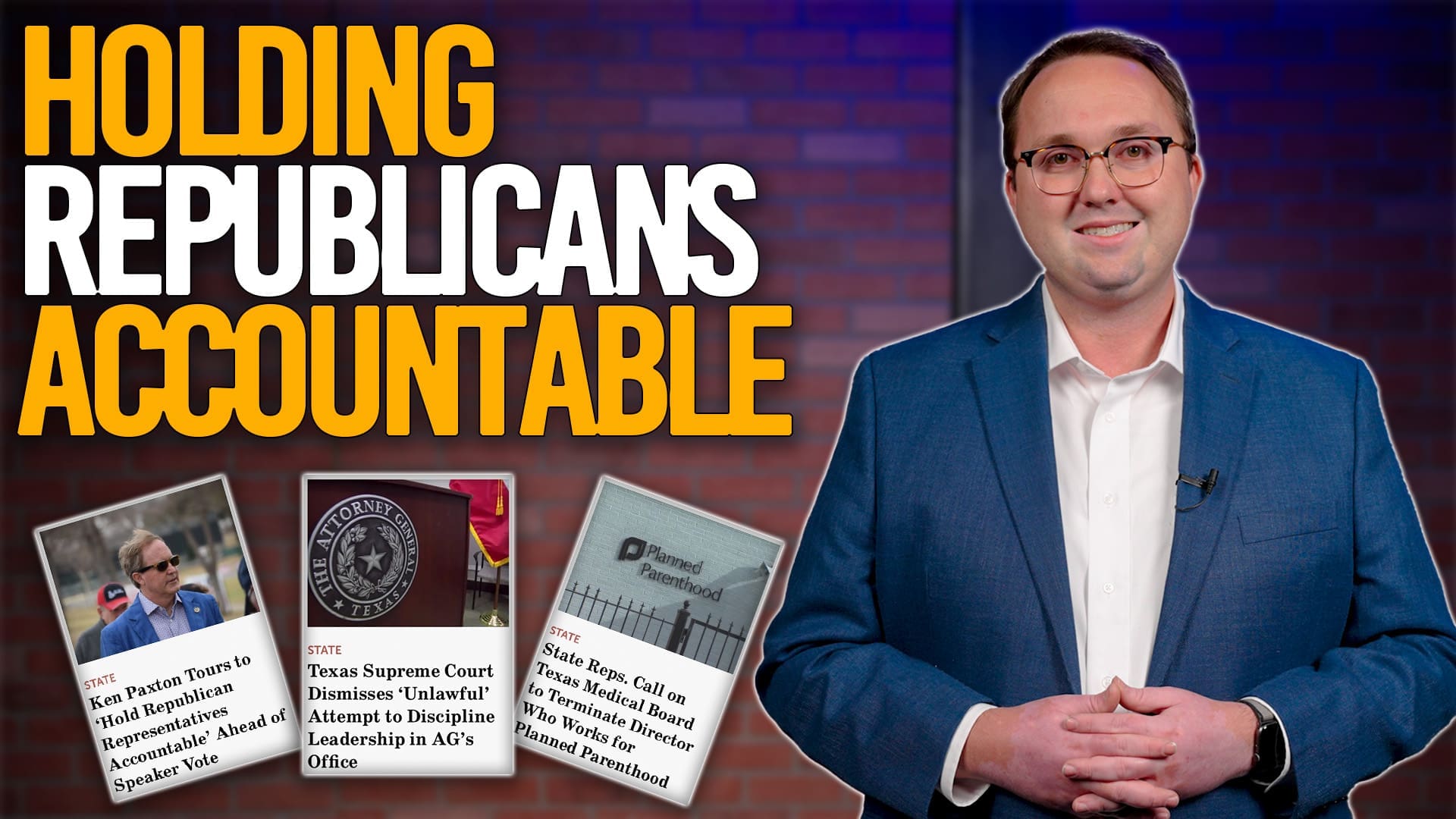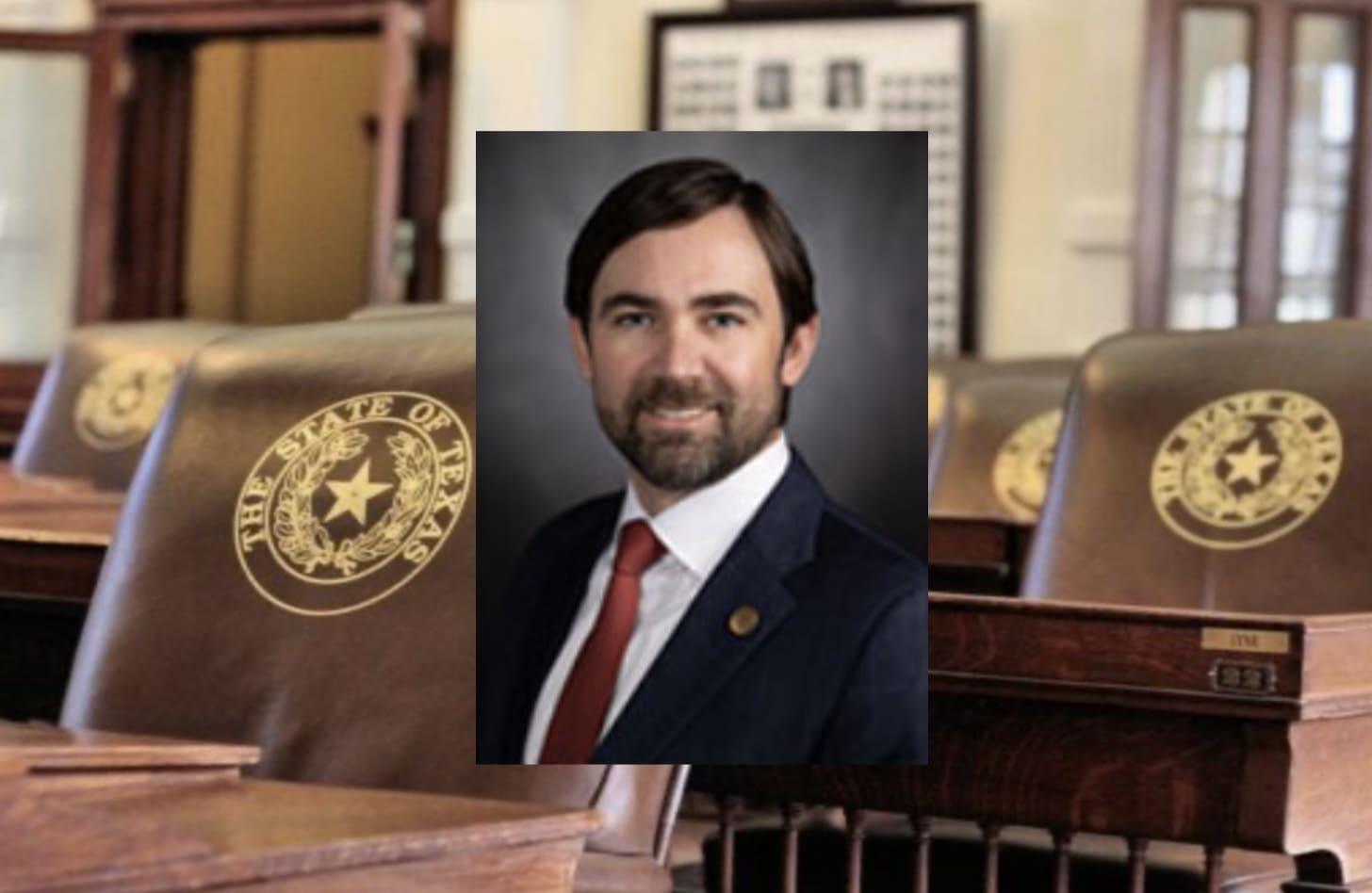Almost every legislative action has the potential of producing unintended consequences. However, one action late in this year’s regular legislative session may have completely and permanently altered the political landscape in Texas: the impeachment of Attorney General Ken Paxton.
The Texas House of Representatives, unlike most other states, has operated for decades in a bipartisan fashion. Both political parties participate in leadership positions as chairs of various house committees. Pressure to end that practice by allowing only members of the majority party to hold chairmanships has been slowly building in recent years, but has never reached the point of being a serious threat to precedent.
There are two underlying reasons why this late action, impeachment, by the house may alter forever the historical operation of the legislature: Backlash and Inertia.
House Republicans, most of whom voted for impeachment, will now have to defend their votes in their home districts next year. It might be difficult to defend that vote at home to Republican primary voters considering the fact that not even one of the house’s articles of impeachment received a simple majority vote in the senate trial. That’s pretty astonishing since it takes a super-majority (two-thirds vote) in the senate to convict.
Speaker Phelan made it clear that a vote for impeachment was a ‘Team Phelan’ vote both before the vote in private conversations, and during the vote by declaring: “Show the speaker voting Aye”.
House members, rightly or wrongly, want to be on the speaker’s team. Therefore, the vote in the house for impeachment was overwhelming.
The Speaker put himself way out on a limb, while encouraging house members to join him on that precarious limb. As noted by Lt. Gov. Patrick in his closing remarks, the Speaker put this matter to a vote on the house floor without the due diligence of past impeachments, and without allowing cross examination of witnesses during house proceedings. Encouraging house members to walk the plank with you, without the life vest of due diligence, could lead to significant backlash. That backlash could result in additional pressure to polarize the house since in hindsight, after testimony from both sides, the impeachment vote was very politically lopsided.
To understand why Texas house operates so differently than most other state we need only look back in history. For more than a century the Texas Democratic party existed as two separate political parties within one party. The liberal and conservative wings of the party fought as hard as Republicans and Democrats fight today.
Three and a half decades ago when I first entered the Texas House it was normal to ally with the conservative Democrats and beat the libs on the house floor. Conservative Democrats like Rick Perry were much more likely to vote with us than with the libs. It was a completely different political dynamic at that time.
Past Democrat speakers like Billy Clayton, Gib Lewis, and Pete Laney appointed Republican chairs so that they could build coalitions with Republicans when they chose to do so. This worked because there were two parties within the Democratic party and it was wise for them to have a way to build coalitions with the other party when needed.
Today, the two political parties are very different. The old conservative Democrats in Texas have become Republicans. It took a century, but now there are two distinct political parties in Texas, each with a clear philosophical basis. Now, the only reason for bipartisan chairmanships in Texas is historical precedent. The impeachment fiasco might conceivably undermine that reliance on precedent.
Precedent is like inertia; things keep moving in the same direction until dynamics change. Impeachment may have changed that dynamic in Texas.
This is a commentary published with the author’s permission. If you wish to submit a commentary to Texas Scorecard, please submit your article to submission@texasscorecard.com





